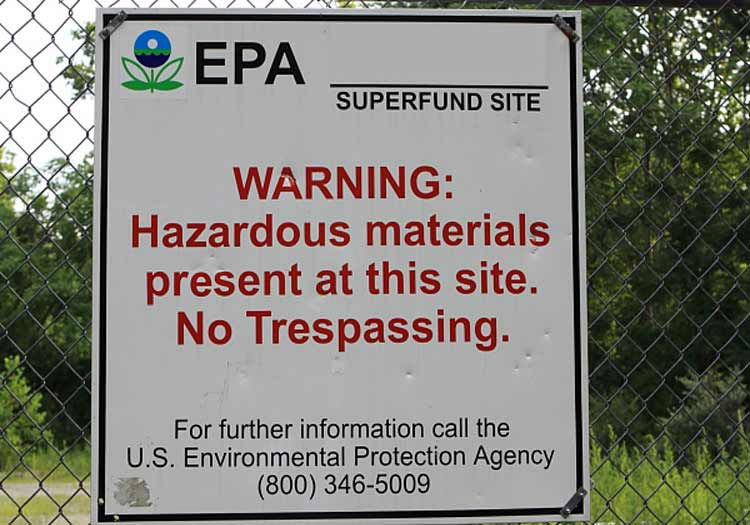Federal and state sites are increasingly adopting passive groundwater sampling in their environmental monitoring programs, thanks to its accuracy, efficiency, and cost-effectiveness compared to traditional methods like pump-and-purge or low-flow sampling. This method is particularly favored for its minimal disturbance to the water column and its ability to provide representative samples of the groundwater chemistry.
Federal Adoption
On the federal level, agencies such as the United States Environmental Protection Agency (EPA) and the United States Geological Survey (USGS) have conducted extensive studies and published guidance documents that endorse the use of passive sampling methods. The EPA has published guidelines and protocols that specifically outline the conditions and scenarios where passive sampling techniques are appropriate. These endorsements stem from research demonstrating that passive samplers can achieve data quality objectives with reduced field time and resource expenditure.
Passive samplers are trusted to monitor groundwater remediation efforts on many of the largest and most hazardous sites in the US.
These include many Superfund sites with a wide variety of contaminants, including VOC’s, sVOC’s, metals, PCBs and PFAS. They are also used on many DoD sites to monitor for PFAS and other contaminants of concern.
State-Level Adoption
At the state level, passive sampling is used on state-run sites in every US State, and trusted by consultants and regulators on projects nationwide. There is a growing trend among state environmental agencies to integrate passive sampling into their standard operating procedures for groundwater monitoring.
Impact on Monitoring Programs
The adoption of passive sampling by federal and state monitoring sites significantly impacts how groundwater quality is assessed:
- Dramatically reduce sampling time: it takes one person 10 minutes to sample each well and there is no set up time or waiting to purge each well.
- Improve site safety: the reduction in sampling time means less time on dangerous sites, which provides a safer field experience for your team.
- Cut your sampling cost by 50% or more through:
- Labor savings
- Reduced expensive rentals that drag on for days of sampling
- No IDW = no paying for hazardous purge water storage
- Get consistent data quality: passive sampling offers the potential for more consistent and representative data by avoiding agitation of the sediment and water column.

Learn how passive sampling can help you with The Ultimate Guide to Passive Groundwater Sampling
Passive sampling's use in federal and state monitoring sites is an example of how regulatory bodies and environmental agencies are moving towards more sustainable and scientifically sound practices to assess and protect water resources
